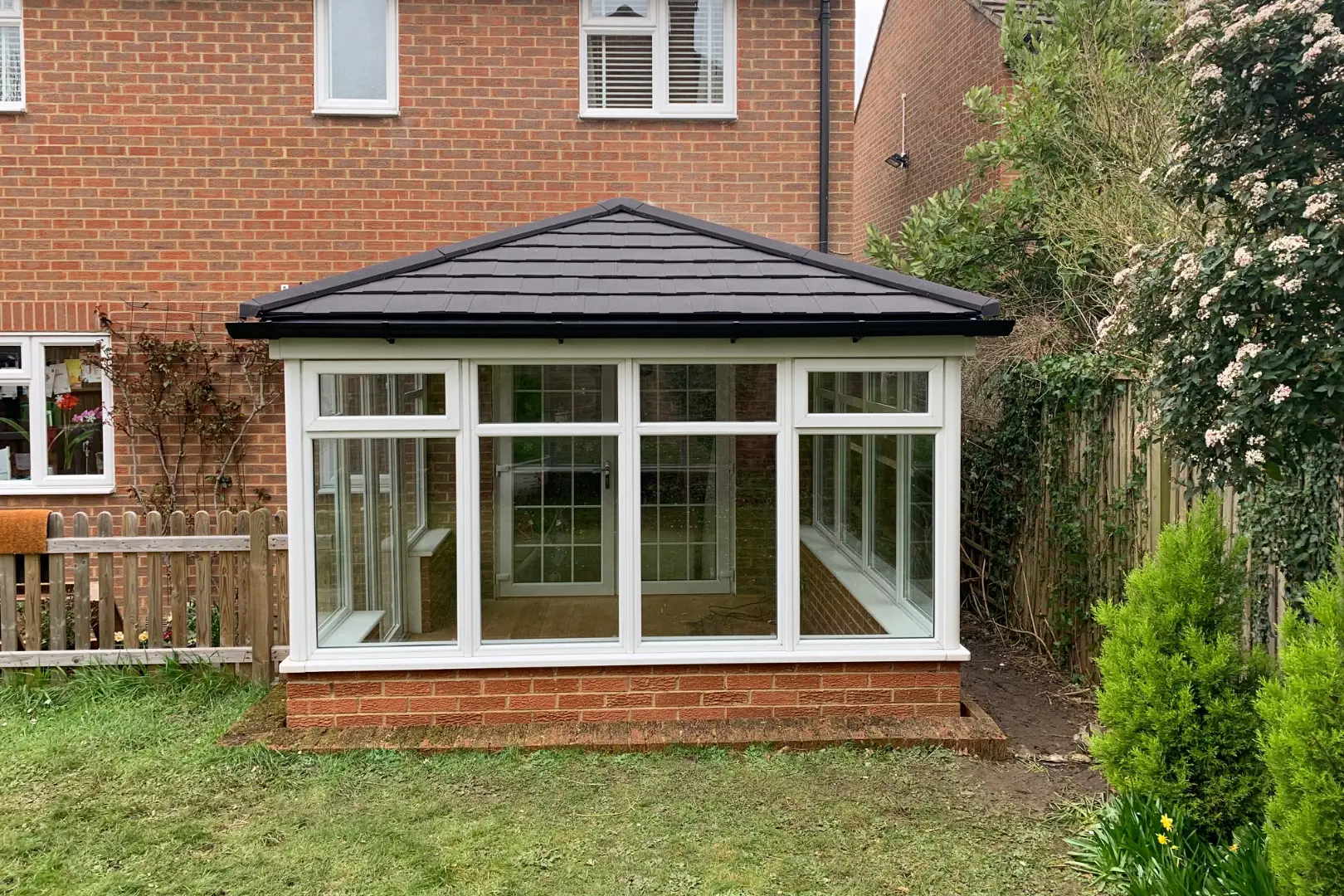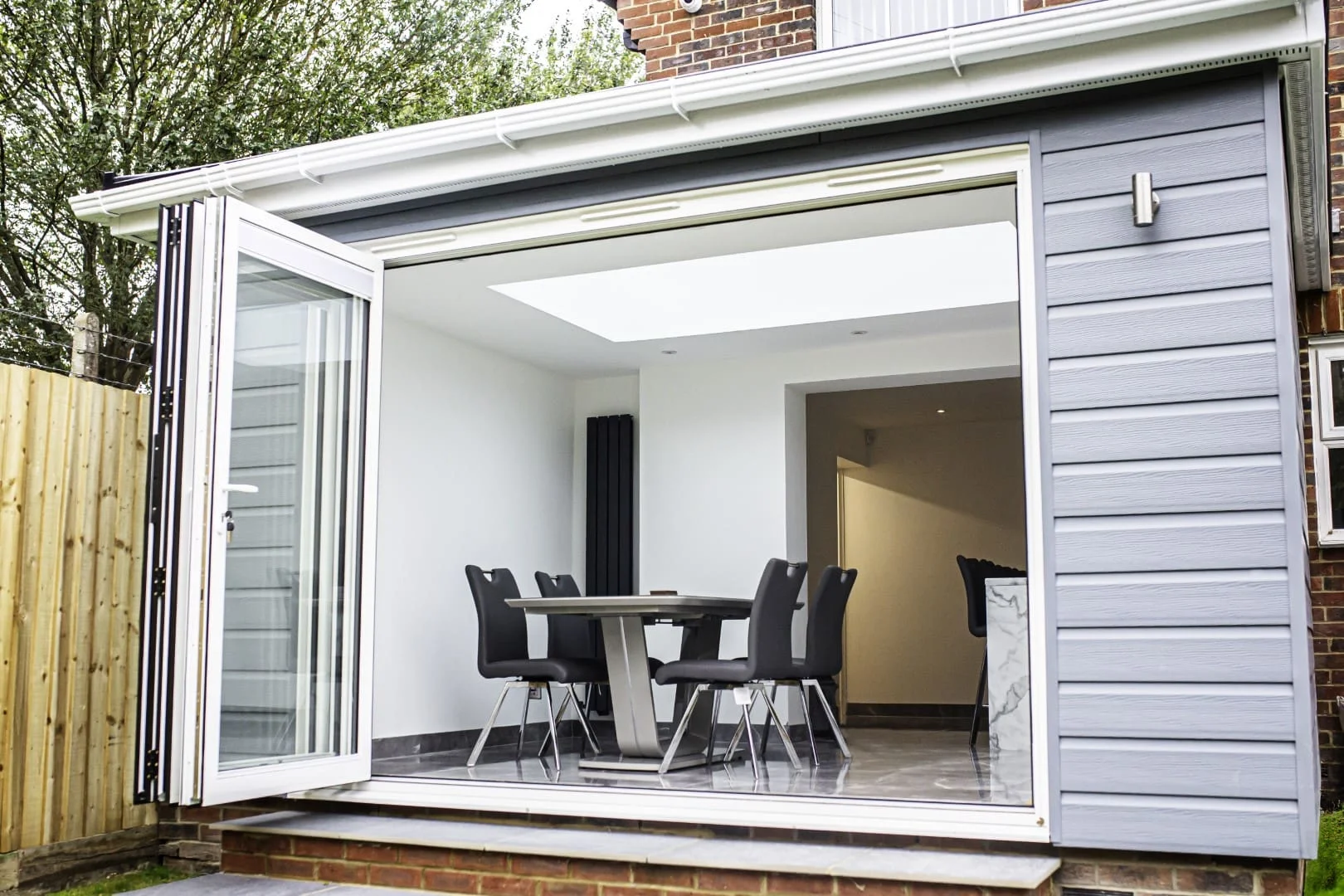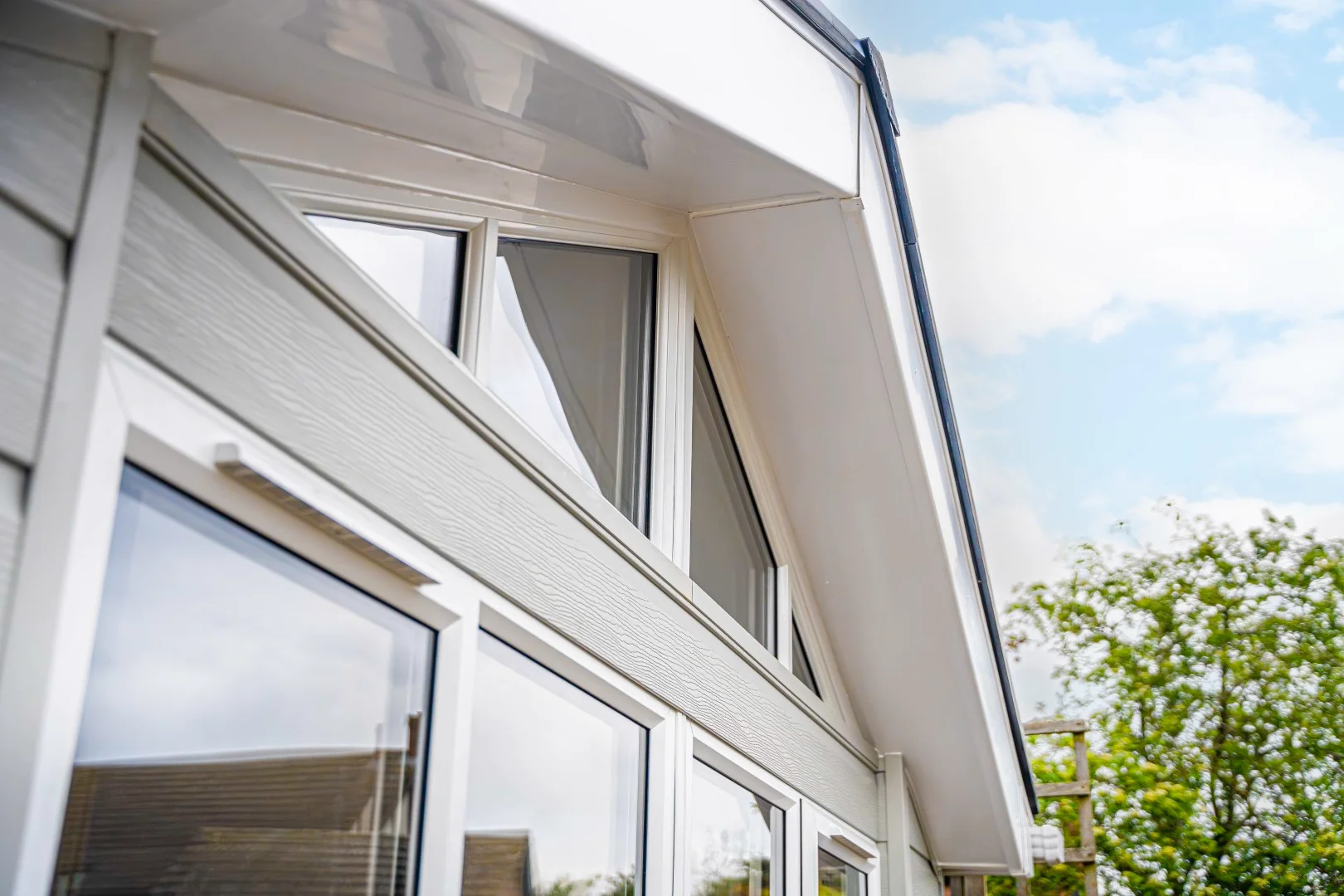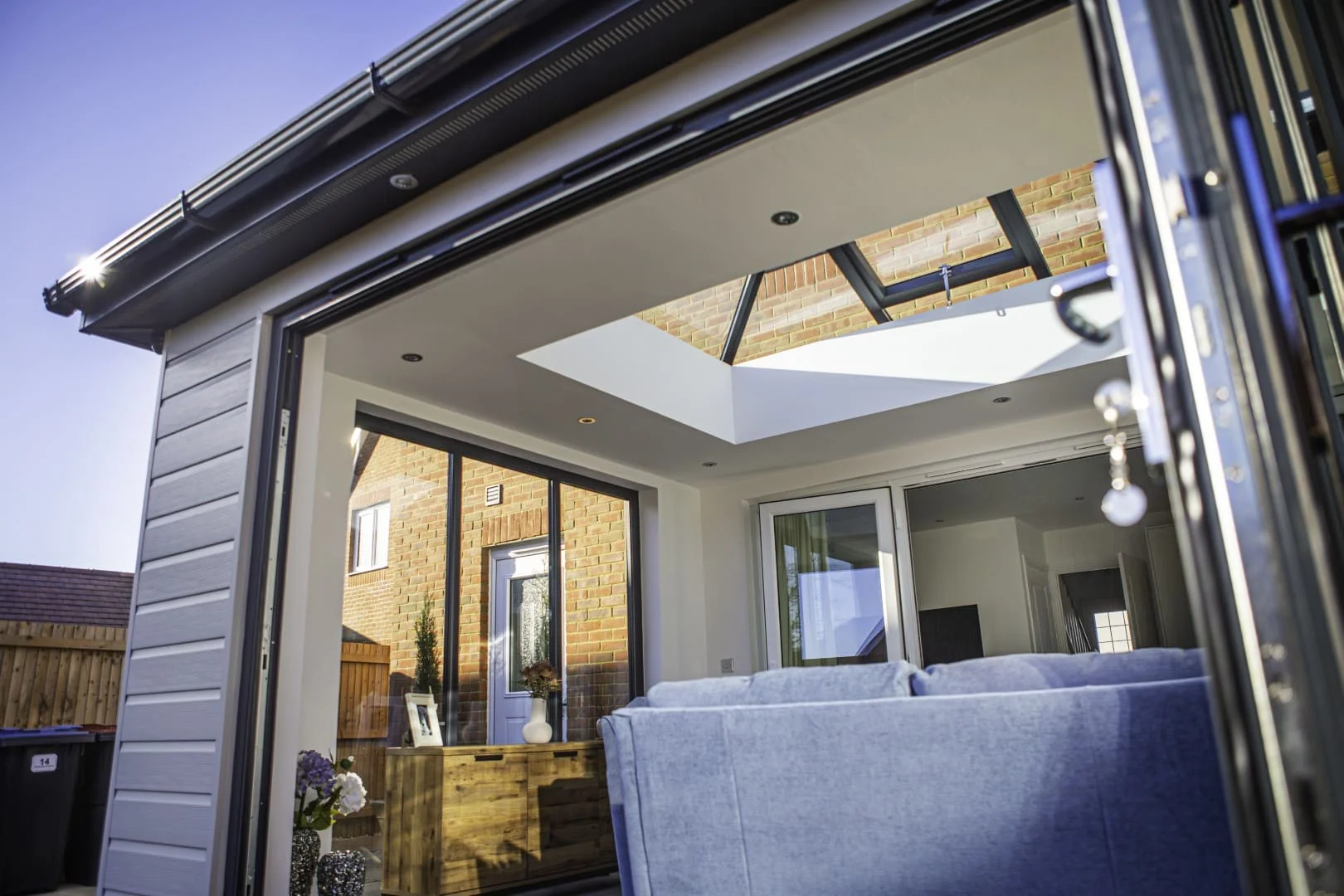
When planning a single storey extension, the first question is, “Do you need planning permission?” In many cases, you can avoid the lengthy process of full planning permission by relying on permitted development rights. However, these rights come with specific conditions, and it’s crucial to know whether your project qualifies. Understanding when you need full planning permission, and when you don’t, can save you time, money, and stress.
This guide outlines the key criteria for obtaining single storey extension planning permission. We’ll help you ensure your project meets all required regulations.
Do You Need Planning Permission for a Single Storey Extension?
Homeowners usually don’t need full planning permission if they use permitted development rights. You can put up specific single storey extensions without applying to your local planning authority. Just be sure your plans follow the required criteria.
However, these rights are not universal. They apply only to specific property types and designs, and restrictions may vary by area. If your property is in a conservation area or a listed building, you might face stricter rules. You will need to apply for planning permission.
Key Conditions for Permitted Development
Under standard rules, single storey rear extensions can be up to 3 metres for semi-detached or terraced houses. For detached houses, they can extend up to 4 metres. However, the UK government’s Larger Home Extension Scheme permits larger extensions. You can add up to 6 metres for semi-detached and terraced homes, and 8 metres for detached houses. This requires a prior approval process, which includes consulting with your neighbours. This scheme helps homeowners add extra living space without needing full planning permission.
Check with your local council to ensure your extension meets permitted development rights. Local planning rules might add more restrictions, especially if your property is in a special area.
Simple Step-by-Step Guide to Obtaining Planning Permission
Let’s say your single storey extension doesn’t meet permitted development rights or goes over the limits. If so, you’ll need to apply for full planning permission. Here’s a simple, step-by-step guide to help you through the process.
1. Check If Permitted Development Rights Apply
Check whether your extension meets the permitted development rules. This is the most efficient way to avoid the formal planning application process. If your extension exceeds the size or height limits, or if it’s in a restricted area, you’ll need to apply for planning permission.
Tip: Always check with your local authority. Doing so ensures your property qualifies for permitted development rights. Regulations can vary by location.
2. Understand Building Regulations
Regardless of whether your extension requires planning permission, it must meet building regulations.
The Building Regulations 2010 set minimum standards for:
- Structural integrity
- Fire safety
- Energy efficiency
- Ventilation
- Drainage
- Electrical safety
These regulations apply to virtually all building work, including extensions. Without building regulations approval, you could face prosecution. You might also need to pay to fix faulty work, and you won’t have the necessary compliance certificates to sell your home.
3. Submit Your Planning Application
If planning permission is required, you’ll need to submit a planning application to your local planning authority. This usually means sending detailed drawings, site plans, and any other documents the council asks for. The planning authority will assess your proposal based on local planning policies. It will include factors like the impact on the environment and surrounding properties.
Tip: Ensure your application includes clear, complete documents. This will help avoid delays.
Common Issues That Can Delay Your Application
Getting planning permission is usually simple, but some factors can delay the process. Here are some common issues to be aware of.
1. Exceeding Size Limits
If your extension goes beyond the permitted size or height, you’ll need full planning permission. Ensure your plans stay within the allowed limits to avoid delays and extra costs.
2. Neighbour Objections
When someone submits a planning application, local planning authorities must consult nearby neighbours. This happens during a 21-day consultation period. However, planning officers can only look at ‘material planning considerations‘.
These include:
- Loss of light
- Overshadowing
- Privacy impact
- Design compatibility
- Traffic concerns
Personal concerns, such as property values or losing a view, can’t be grounds for refusing a plan. Neighbour objections don’t always stop applications. However, valid concerns backed by planning policy can sway the planning officer’s choice.
Tip: You may be able to resolve any issues informally to avoid unnecessary delays.
3. Restrictions on Listed Buildings or Conservation Areas
If your property is a listed building or located in a conservation area, you’ll face stricter planning controls. Listed buildings require listed building consent for any works affecting their character. This is regardless of whether planning permission is also needed. In conservation areas, many permitted development rights are withdrawn.
For example, you will need planning permission for extensions that would usually be allowed elsewhere. Some areas have Article 4 Directions imposing additional restrictions. These designations exist to preserve buildings and areas of special architectural or historical interest. In addition, local planning authorities have a legal duty to protect or improve their character.
What to Do if Your Planning Permission is Rejected
If your planning application is rejected, don’t panic. There are several options available to you, and understanding the process can save time and resources.
1. Appeal the Decision
You have the right to appeal if your planning application is rejected. To appeal, you need to submit your case to the Planning Inspectorate. They will review the council’s decision. You have six months from the date of the council’s decision to submit your appeal, or you’ll lose your right to appeal.
Most appeals (around 91%) are decided through written representations. These typically take several months to resolve, and the overall success rate varies significantly. Householder appeals had an average success rate of 36% in 2024/25, higher than the overall average of 32% for all planning appeals. This may take time, but it could help you challenge an unfair application rejection.
Tip: Make sure you fully understand the reasons for rejection before appealing. This will help strengthen your case.
2. Modify Your Plans
If your extension was rejected for reasons like design or size, you might want to adjust your plans to fit the council’s guidelines. This approach can often be quicker than appealing and may lead to a faster resolution.
Tip: Check with your local council or a planning consultant. This way, your revised plans will meet all necessary requirements.
3. Consult with Experts
If you’re unsure why your application was rejected or how to modify it, seek advice from a planning consultant. A consultant can help you get to grips with local planning policies. They can also assist you in appealing or modifying your application. We offer consultations to help your plans meet all the necessary requirements. Our suggestions could also increase your chances of approval.
Get Your Single Storey Extension Approved
Getting planning permission for a single storey extension can be tricky and time-consuming. This often leaves homeowners unclear about what to do next. So, do you want to avoid confusion and costly mistakes? If that’s the case, it’s crucial to grasp the criteria and requirements needed to obtain approvals for permitted development rights. Failing to comply with these regulations can lead to legal issues and unnecessary frustration.
At Single Storey Extensions, we aim to make planning permission straightforward and hassle-free. Our experts will guide you through every step. They’ll ensure your extension project meets all the requirements. This way, you can focus on making your vision a reality.
Call 0331 6302551 or arrange a free consultation and get started with expert advice tailored to your project.





